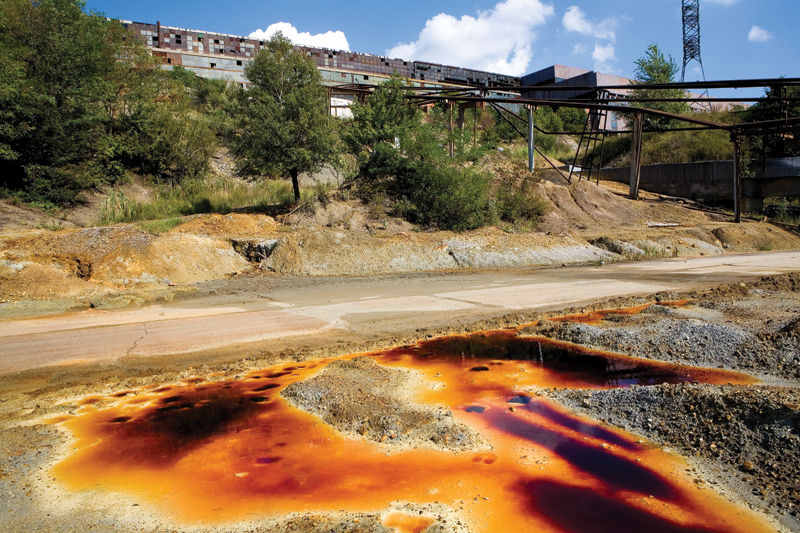Water availability is one of the most underestimated and critical issues for companies in all business sectors—and in all countries. Recognizing this, the World Wildlife Fund (WWF) and German development financial institution DEG have developed the Water Risk Filter. The web-based tool is designed to identify water risk in supply chains and provide practical steps to mitigate the risk, while also incorporating what WWF calls a science-based approach to water stewardship.
“We often come across companies that don’t realize that this is one of the most important factors when they look at their long-term environmental, social, and economic sustainability,” says Peter Thimme, director of sustainability for DEG.
WWF International corporate relations manager Jochem Verberne says the filter is the first actual methodology to quantify all of the relevant aspects of water-related risks, and points out several key factors that he says differentiate this tool from others that are out there.
Verberne admits that other tools offer excellent data for specific water basins, but says this tool is unique because it’s global, drawing on data sheets for 235 countries and territories.
“We didn’t spend time on developing our own data—we spent a lot of time collecting the best data sources that are available,” he says.
Verberne also explains that WWF and DEG went through the long process of rationalizing the different indicators, always checking whether each of the indicators could have a financial impact on the company.
“If you look at Aqueduct, it’s very much focused on water scarcity and the impact of climate change on water. So this is reflecting only a very small amount of all the relevant aspects of water risks.”
The other aspect of the tool’s framework is what WWF refers to as basin-related risks—the things companies cannot affect directly.
“So if you are a best practice performer, but you’re still in a difficult area to work in—because there’s a high water scarcity situation, or it’s very polluted, or the regulatory risks are high, or the enforcement of regulation is lacking—then you should step up and go outside your fence line and work with others on the things that impose water risk,” says Verberne.
“From here we help [companies and investors] by bringing the different parties together in local river basin platforms,” he says. “We also work with them on public policy engagement with local and national government.”
Global fashion retailer H&M was among the more than 20 companies invited to test the tool.
“The outcomes from the Water Risk Filter are important inputs for our new, holistic water strategy that we are developing together with WWF. It shows us where and how we can have the biggest impact, and helps improve our understanding of how sustainable our supply chain is, given the often difficult local water situations,” said Mikael Blomme, environmental sustainability manager at H&M, in a recent release.
Jim Leape, WWF International director general, says launching this tool was an important moment for the organization because it represents a chance to bring water issues into the heart of private sector decision-making.
“Looking forward we know that water scarcity will be an issue for all of us. It will not just affect some business and some regions in the world. It is a global issue, and companies with global operations, and global supply chains, and the investors in those companies need to be prepared to deal with water risk in a more sophisticated way.”









